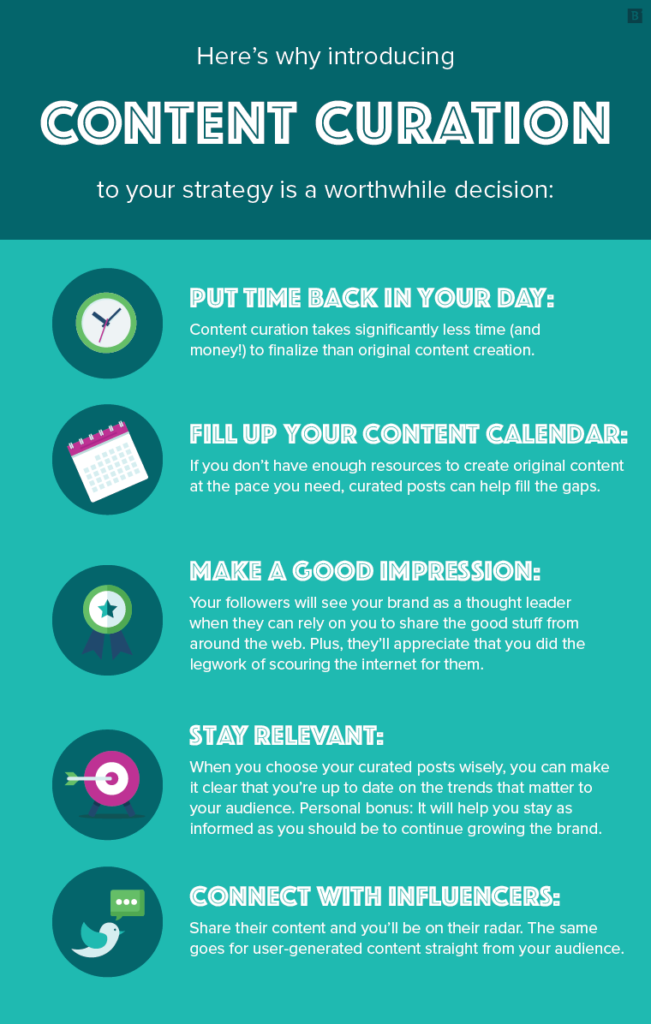Understanding Gender-Based Marketing Strategies in the Digital Era


Gender inequality has been at the forefront for the last few decades. Even gender-based marketing is still rampant in every marketing channel we come across each day. The most surprising part is that thousands of gendered marketing examples are witnessed in digital marketing endeavors – often touted as holistic and all-inclusive marketing channels.
The role of B2C and D2C marketers has explicitly been expressed in these types of gender-based marketing strategies because they assign a lot of marketing success and sales conversion by compartmentalizing their target audience gender.
We normally think that the earlier forms of marketing and advertisements would exhibit gendered product marketing to send out a clear message to the consumers and give rise to their distinct consumerism patterns.
But even digital marketing is not aloof from gender-based marketing strategies. Its success depends on the efficient implementation of such marketing principles, programs, and observations based on the target audience’s gender. So, what exactly is a gender marketing strategy? And how does it determine consumer behavior? Let’s dive deeper and try to understand its nuances.
What Is Gender-Based Marketing?
Digital marketers are growing savvy and implementing new marketing strategies targeting their audience. However, in some instances, they need to follow the traditional path as well, and gender-based marketing strategies are some of those tried-and-tested methods.
Digital marketing focuses on creating a curated message and voice to develop a brand out of business. Once that is done, the targeted audience receives the brand message at scale. However, studies show that these targeted audiences are highly granular, and their demographics determine whether your brand message aligns with them or not.
The target audience also resides on multiple social media platforms according to their conveniences and preferences.
For example, suppose you are using gender-based marketing tactics to lure the target audience from Facebook. In that case, you need to spend on Facebook ads that specifically talk about their interests, activities, or preferred places of hanging out.

Now that you have identified your target audience and its preferred platform, implementing your marketing strategies won’t be complete until and unless you identify the target audience gender. Even in the case of digital marketing, consumerism takes a sharp turn when it comes to the purchasing psychology and behavioral patterns of male and female customers.

Gender-based marketing has established that male and female consumers should be handled differently. Due to gender differences, there are differences in psychological patterns which give rise to variable consumer habits.
An incredible book authored by Gloria Moss, known as Gender, Design, and Marketing, delves deep into the idea of gender-based marketing strategies and provides illustrative gendered marketing examples. While their motives for shopping might differ significantly, their analysis of a product or a service is also executed through a very different kind of lens.
Differences in Content Marketing to Women vs. Men With Illustrative Examples
A successful content marketing campaign can flawlessly execute a gender-based marketing strategy, even if men and women are swooping in to buy similar products or have similar budgets. Therefore, with a holistic content marketing approach, we can address the different ways gender and marketing occur and result in the purchase of products and services.
1. Creating a content marketing approach that appeases the varying motives of shopping for men and women
According to research carried out by the Mediterranean Journal of Sciences, male shoppers are always looking for practical ways and underlying solutions while purchasing a product. On the other hand, women tend to be more ‘hedonistic’ – implying that they are drawn toward the emotional responses of a product or service while thinking about a purchase.
Thus, while designing the content marketing strategies and campaigns for men’s and women’s products that depend on their shopping motives, you have to appeal to the sexes differently to enjoy success.
For example, while creating a content strategy for a garment line, you should be practical and impose upon the comfort, the absence of creases, the finesse and flair in stitching, and such practical solutions when your target men.
On the other hand, this gender marketing strategy has to be altered by involving a lot of aesthetics, radical evolution of lifestyle, and the likes, when you are selling garments to a woman.
2. Creating a curated content marketing approach that depends on purchase decisions

While men make their purchase decisions more straightforwardly, women consider the minutiae of all the elements of the concerned product before they make a purchase decision. They integrate all the elements, visualize the product’s future, and create a balanced approach before deciding to go with a particular product or a service.
On the other hand, men arrive at their purchase decisions by eliminating products and zeroing on the one that satisfies all the conditions.
While creating a content marketing strategy that clicks based on their purchase decision and the related techniques, you should be more embellished and explicit for a woman. Your content should reflect all the possible ways the product, for example, a kitchen chimney, will make their lives easier.
On the other hand, selling the same kitchen chimney to a man will require you to do a market analysis where the man must notice that the product he wants to buy trumps its competitors in every segment. This kind of gender-based marketing strategy will help you sell the same product successfully to both.

3. Creating content marketing strategies based on the final point of purchase
A man is more likely to shop on the go. Mobile devices like smartphones or tablets are his trusted companions, and more than 20.4% of the men report that they have closed a purchase on their smartphones or iPads while handling other jobs.
On the flip side, a woman wants to feel, double-check, and browse catalogs before purchasing. Hence, the percentage of women who purchase products on the go is considerably less – only 16.9% of them use mobile devices to shop compared to their male counterparts.
Making a purchase is the last part of the sales funnel. Hence, the content throughout the funnel should be purposeful and directed so that the man finds all the necessary information to purchase a mobile device.
The content at the bottom of the sales funnel should also be curated for a woman to feel the finesse and flair of the product they are purchasing after long hours of decision-making.
4. Receiving information before making a purchase
While the content curated for a man should be direct and upfront to present him with all the required information to make a purchase, it must not bother him with the background information or excess fluff regarding the products.
On the other hand, women like to receive background information, historical data, and important information to make a comprehensive purchase. The foundations of their purchase decision lie in the thoroughness, and hence, you should strategize a content marketing campaign in that way only.

Key Takeaways
- Although gender fluidity has amplified and the boundaries between genders are getting blurred, still, marketers are taking advantage of the psychological and behavioral differences of genders to get their products through.
- Men and women think differently when purchasing a product or a service.
- While men would like to go straight up to the point and purchase based on clear, concise, and only the essential information, women would generally purchase based on the background info, historical data, personal preference, and a futuristic vision of the product.
- Content marketing strategies should be curated separately for men and women, even if you are selling them the same product.
- Communicating your content marketing pitch to the target audience gender has a tangible effect on your success as a marketer in selling off your product to your intended customer.
FAQs
Gender-based marketing has immense implications even in the digital marketing era. Gender marketing strategies are important for marketers to clearly distinguish their target audience’s gender.
Although the concept of gender fluidity has overcome a lot of such archaic mindsets, marketers generally segregate their target audiences based on a couple of genders.
Both genders are essential for marketers because their needs, marketing behaviors, and psychologies vary extensively. To gain a holistic marketing approach, marketers may sometimes give away their gendered marketing tactics and adopt a more neutral approach to lure both genders into purchasing their products and services.
Gender is primarily used in advertising to exhibit gender products marketing. How gender is displayed in advertisements creates effective models to react against or emulate naturally.
For example, if the gender marketing products are exhibited using males, you would feel that those products are the indicators of strength, resilience, power, athleticism, and virility. On the other hand, if the gender marketing strategies are portrayed via females, you will automatically get the feeling of nurturance, compassion, beauty, etc.
The gendered market analysis is one of the most successful gender marketing strategies. This particular analysis segregates men and women and explicitly focuses on their priorities, needs, and constraints. As a result, the gender differences are expressed in gender marketing programs, organizational strategies, intervention design, etc.
Gender-based marketing and pricing is a nuanced marketing method with tons of historical data analysis that enables it to charge different prices based on the consumer’s gender, irrespective of the goods or products.
The target audience gender is always at the base of the differential treatment that has been documented in product or service purchases, such as a car purchases, maintenance, repairs, haircuts, etc. Traditionally, it has been found that women pay more than men in all the above cases.
Marketers usually affix a particular target audience gender to a product to increase the consumer appeal and make it more attractive to the intended customers.
Although gender-neutral products are more inclusive, gendered products segregate the market and increase competition between brands. Hence, they do exist in high volumes.
Latest Blogs
Explore how Google’s 2025 AI search updates triggered ranking chaos. Learn actionable strategies to adapt your SEO for AI Overviews, zero-click searches, and SERP volatility. Stay ahead now.
Learn how to rank on AI search engines like ChatGPT, Perplexity, and Gemini by optimizing your content for authority, structure, and relevance. Stay ahead in AI-driven search with this strategic guide.
Explore the best healthcare SEO services for your medical practice. Improve online visibility and effectively reach more patients in need of your services.
Get your hands on the latest news!
Similar Posts

Artificial Intelligence
5 mins read
Enhance Your Writing Efficiency: Must-Have Content Writing Tools for Marketers

Marketing
5 mins read
9 Key Strategies To Increase Twitter Reach

Marketing
6 mins read